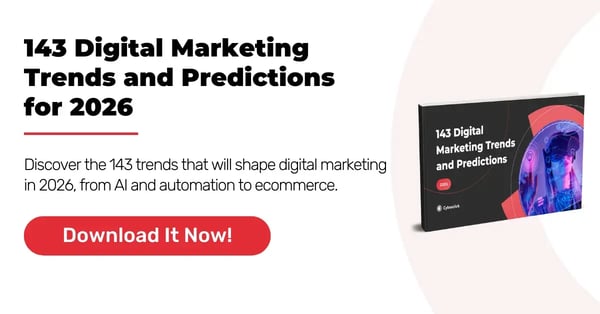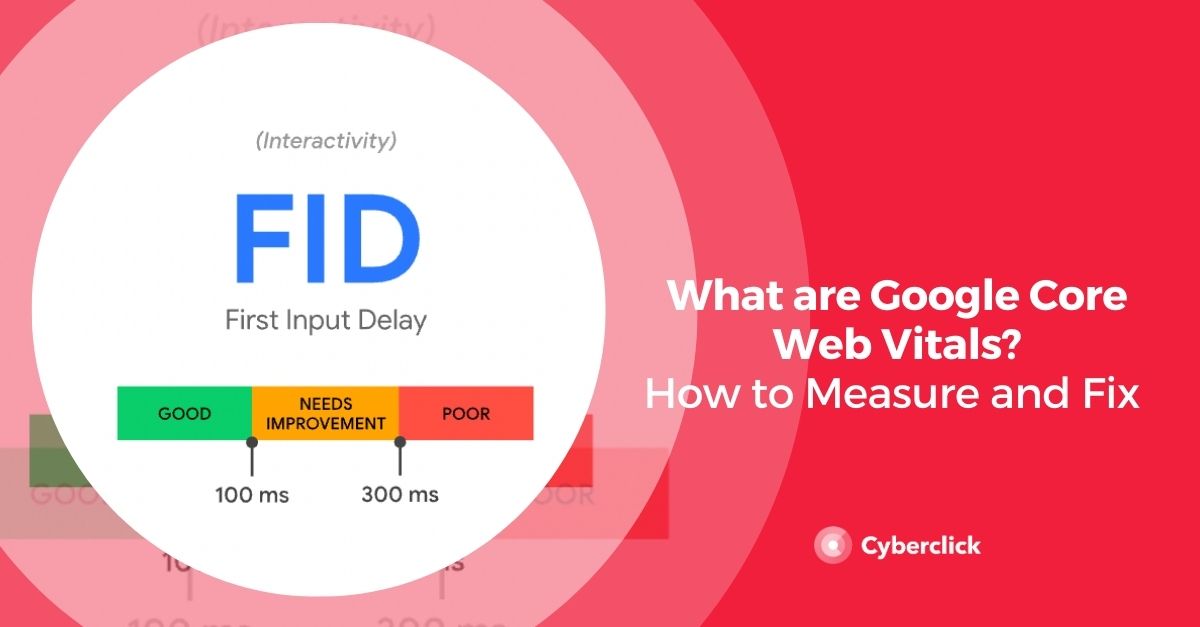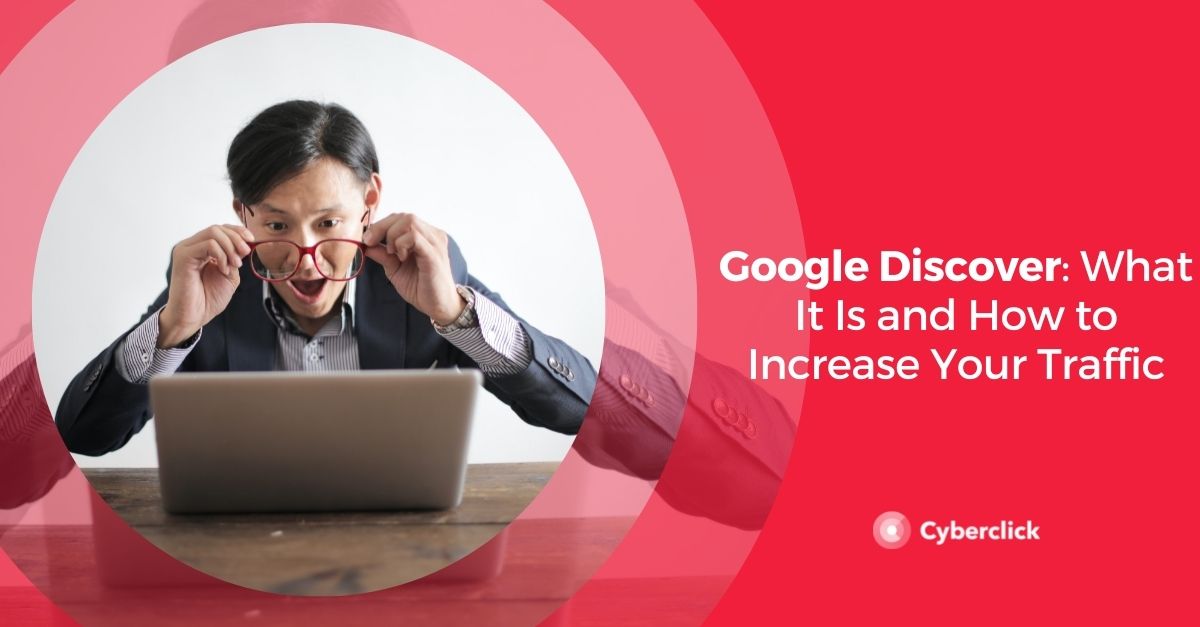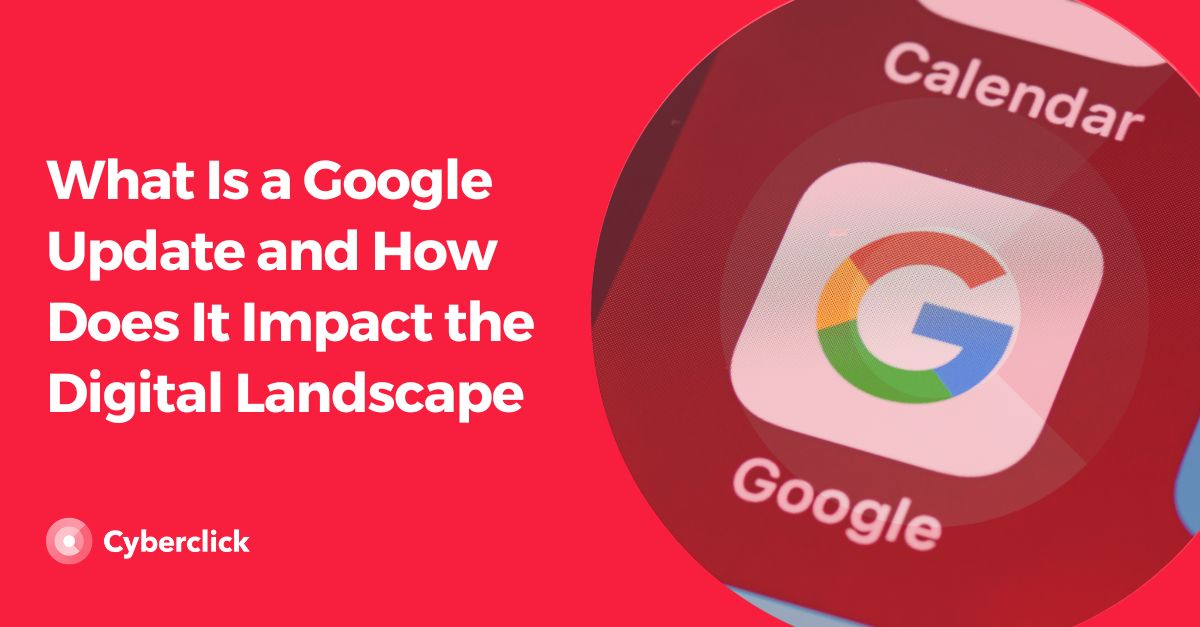The Helpful Content Update is a Google update designed to identify when a webpage's content is useful and when it is not. This allows the search engine to enhance user experience during a query, as the system can now ensure that the content appearing on the results page provides valuable and high-quality information. Therefore, since this update on helpful content (from 2022), several SEO trends have been emerging aimed at creating valuable content in different ways.

However, it's important to highlight that today Helpful Content is not just an update, but a complete system regarding useful content that is part of Google's main ranking systems.
You should know that this system has been undergoing multiple updates and improvements over time since its launch. For example:
The Dec. 2022 helpful content update was released Dec. 5, starting to become more visible today & will take about two weeks to fully roll out. It improves our classifier & works across content globally in all languages. Our help page explains more: https://t.co/MS7hbcBTsp
— Google Search Central (@googlesearchc) December 6, 2022
The September 2023 helpful content update is rolling out with an improved classifier. It will take about two weeks to complete. We'll update our ranking release history page when the rollout is complete: https://t.co/hgjEkfpbA2
— Google Search Central (@googlesearchc) September 14, 2023
As part of our news, we've also shared that we now use a variety of innovative signals and approaches rather than a single system to identify helpful content. We've added a new FAQ page to help explain this change: https://t.co/mrtkWVJYWV
— Google Search Central (@googlesearchc) March 5, 2024
From our own experience, we know that these updates to Google’s Helpful Content System have been affecting the ranking and traffic of many websites. Therefore, we are going to provide you with a series of SEO recommendations that will help you recover and improve your visibility on the SERP.
1. Create Content Under the E-E-A-T Quality Guidelines
Google uses E-E-A-T quality evaluation guidelines to determine if content is useful within the context of the Helpful Content Update.
The system only gives visibility on the results page to content that demonstrates experience, expertise, authority, and trust. The algorithm analyzes a series of signals to determine whether a publication meets these characteristics.
Google's E-E-A-T quality assessment guidelines. Source: Google Search Center Blog
To create content aligned with the E-E-A-T guidelines and gain the approval of the Helpful Content Update, we recommend the following:
- Provide citations, sources, and links to research, studies, or reports that support the accuracy of the information you are publishing.
- Focus 100% on creating content within your area of expertise. Avoid covering topics unrelated to your site’s nature.
- Write clearly, precisely, and with an expert tone, avoiding misleading, inaccurate, subjective, or debatable information.
- Check before publishing that the content is free of factual errors.
- Prioritize content based on your own experience or your company’s, collecting your own data and providing useful solutions to the reader. This type of publication is highly likely to be shared or referenced by users.
- Ensure that your website has a professional design, is easy to navigate, and has security mechanisms.
- Encourage user participation and provide ways for additional questions or comments.
2. Respond to Long-Tail Search Intent
An excellent way for content to be considered useful by the Helpful Content Update is to address long-tail search intent. Long-tail queries are those made by users seeking very specific or detailed information.
For example, a conventional short-tail search might be “CRM programs.” In contrast, a long-tail query might be “best CRM programs for marketing and sales teams.”
Interestingly, these types of queries usually have little competition on Google, increasing your chances of ranking higher on the results page.
In this regard, we recommend developing content that directly addresses the needs and questions related to long-tail searches. To do this, follow these guidelines:
- Use tools like Answer The Public to find a variety of long-tail questions associated with a single topic. This will help you discover specific subtopics you can also write about within the same content.
- Make your content provide clear, direct, and complete answers to these types of queries.
- Incorporate SEO signals that indicate to the Helpful Content Update that your content is specific and direct, and therefore very useful for specific and direct queries. For example, include data like dates, quantities, or place names in the title and subheadings of the content.
3. Tell Anecdotes and Share Experiences That Add Value
Both the Helpful Content Update and the Hidden Gems update highly value content when the author shares a personal story or experience that adds value to the reader.
Google’s search systems can identify signals within the content to determine if it stems from a personal and unique experience, making a publication genuine and authentic.
The underlying idea is that real stories from an author can provide more effective solutions to users' real problems and needs.
That said, here are some tips for creating useful content based on personal experiences:
- Analyze what useful information you can share with readers that is exclusive to you or your company. For example, depending on your business nature, you can share (anonymous) data about your customers' consumption habits, their most frequent concerns, etc.
- Describe your experience with your success and failure cases. Readers will find it very useful to know how you have solved a particular problem or overcome an obstacle, as well as what you have learned from your failures or unsuccessful attempts.
- Ensure that the anecdotes you share are related to the main topic or message of your content. They should add value and complement the information you are sharing.
- At the end of each story or experience, highlight the specific information that resolves the reader’s query according to their search intent.
4. Introduce the Content Author and Their Expertise
Although it might not seem like it, this point is related to everything mentioned in the article (useful content, E-E-A-T guidelines, personal experiences, Hidden Gems, etc.), but it has been one of the most undervalued in blogs in general.
Keep in mind that for Google to determine the level of expertise, authenticity, originality, and specialization of content, it must also be able to analyze the author’s information.
As with other SEO criteria, Google detects certain signals and indicators to know if the author is credible and trustworthy, if they are an expert on the topic they are discussing, and if they have a good reputation in their field.
Therefore, we recommend creating a section on your pages with detailed information about the authors: names, social media, fields of study, degrees, certifications, specializations, universities, and even a professional photograph.
Moreover, it is not enough to just show the author’s information; they must also be connected to the content somehow. Remember, in the previous point, we discussed the importance of anecdotes, stories, and personal experiences for the Helpful Content Update. Introducing the author within the content is a signal to Google that the content is original and authentic.
Finally, you should be very clear about the following: just as the Helpful Content Update caused many websites to lose their ranking, it logically caused other sites to gain those positions. After all, those spots cannot remain empty; someone has to occupy them, right?
While some go down, others go up.
Implementing SEO strategies like the ones we have just taught you, or even GEO (Generative Engine Optimization) strategies, will help you keep climbing higher and higher. What Google seeks with its updates is to reward high-value-added content, so always strive to create useful, practical content that provides direct and real solutions.
Responsable de la estrategia de contenidos y visibilidad en Cyberclick, con enfoque Allbound y especialización en posicionamiento SEO, GEO y automatización con IA. Gestión avanzada del CRM con HubSpot: base de datos, workflows, lead nurturing, scoring y reporting. Experiencia en marketing digital, comunicación corporativa y periodismo, uniendo estrategia, creatividad y tecnología para captar y convertir leads cualificados.
Responsible for content and brand visibility strategy at Cyberclick, with an Allbound approach and specialization in SEO, GEO (Generative Engine Optimization), and AI-powered automation. Advanced HubSpot CRM management: database segmentation, workflows, lead nurturing, scoring, and reporting. Background in digital marketing, corporate communications, and journalism—combining strategy, creativity, and technology to attract and convert qualified leads.






Leave your comment and join the conversation